by Carolyn Edlund
Quite a few artists earn income from multiple sources, including selling products bearing their art or design.
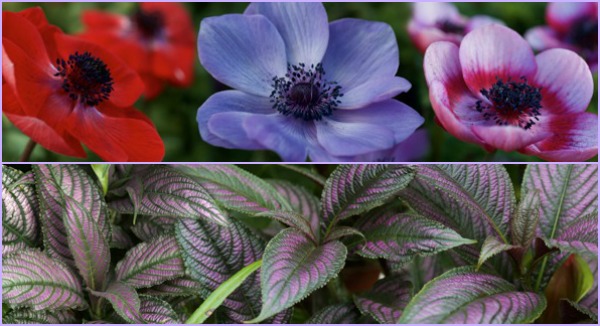
Photographer Jeffry Myers offers panoramas such as these in different forms.
I recently spoke with three artists who share their art-related products, how they are made and how they are being sold. There are various reasons to create product lines of this type. Artists may add a much-needed price point spread, or even attract an entirely new audience who are not prospective collectors of original art. Let’s take a look at several artists who have done this in various ways.
Jeffry Myers
Boston-based photographer Jeffry Myers specializes in shooting panoramic images using a special photo “blending” technique. Each panorama can be displayed either horizontally or vertically, and are sold as canvas prints from his website. But he also offers several other products that include images from this portfolio, which gives him access to new customers and markets.
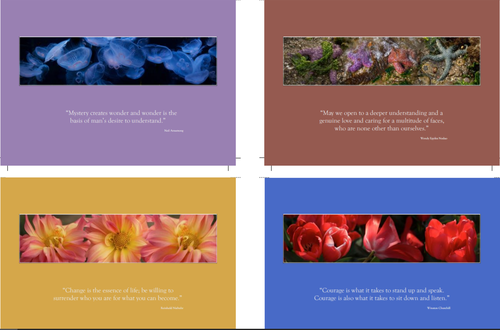
Card design layouts are made in the studio by Jeffry Myers before printing.
Panoramas are available as boxed cards, featuring his collection of 39 images in sets of 13 cards each, which he sells wholesale to stores and gift shops. He creates card layouts in his studio, and explains that he literally has them printed at Costco for a very low price (about .35 each). This enables him to offer the boxed cards at an attractive wholesale price, and sell them outright to retailers.
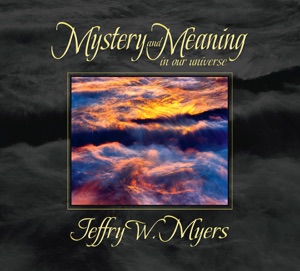
Jeffry Myers’ self-published book gives him another selling opportunity.
Myers’ photos are also used in a printed hardbound book titled “Mystery and Meaning in our Universe” that retails for $39.99. The book contains inspirational messages, which complement the presentations he gives as a public speaker on motivational and inspirational topics. His books are self-published, and were printed in the U.S. Book publishing can be costly, but he has sold a considerable portion of his original inventory and it has worked well for him. Book sales are made at his speaking events and are also sold from his website.
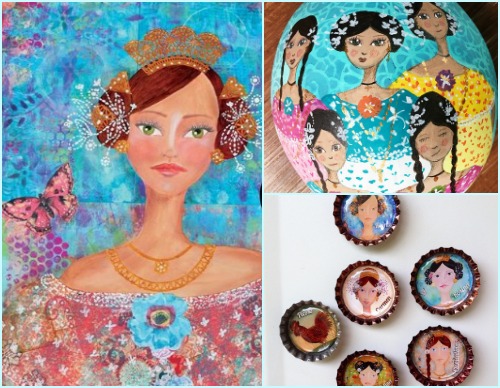
Prints, totumas and magnets are three products sold by artist Elsa Canto.
Elsa Canto
Panamanian artist Elsa Canto offers a number of different products bearing her whimsical art, including prints, jewelry, magnets and even “totumas” which are painted gourds. When she decided to scale her business by creating new products, she learned the techniques to make these items by hand in her studio.
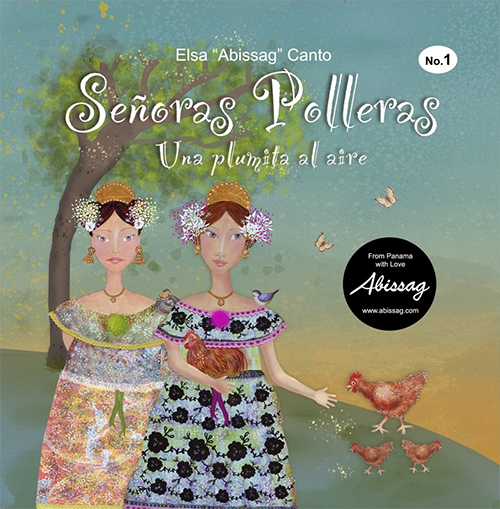
Elsa Canto’s self-published book is offered in different formats.
She has also used her illustrations to create a children’s book titled Mrs. Polleras: Picoso Gets an Adventure, which is self-published. Paper copies of the book are printed in Panama, while a digital version is available as a Kindle e-book sold on Amazon.
Canto explains, “I sell the printed books from my website, in a bookstore, a couple of museums, hotels, and also at fairs. This week my book is participating in the Taipei International Book Exhibition 2017 with other Panamanian authors, so I’m very happy about this achievement.”
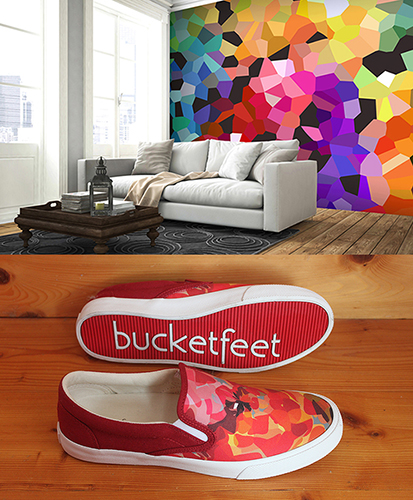
A variety of products can be produced through print on demand. Shown are wall murals and shoes with designs by Shandra Smith.
Another source of production is through the use of print on demand. This type of provider gives artists the option to sell products using their images without the hassle of studio production or outsourcing to a manufacturer to build inventory. Print on demand is an easy and low-risk option that involves uploading digital images of art, which are later produced and shipped to retail customers when they are ordered.
Shandra Smith
Canadian artist Shandra Smith uses print on demand services to offer products such as shoes, wall murals and lampshades with her colorful designs, which are sold online.
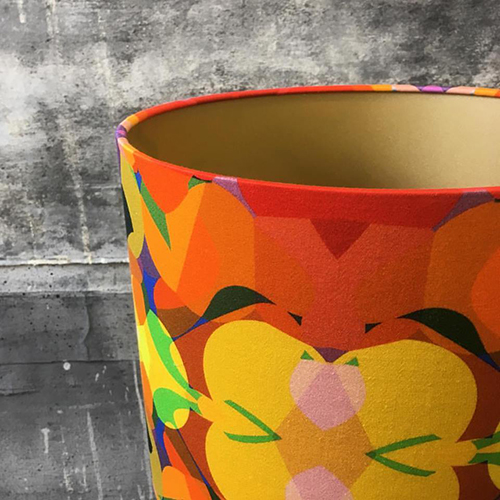
Lampshade designed by Shandra Smith, produced through print on demand.
Smith says, “I try to keep up to date and see what’s trending in the home and fashion industries. Then I find companies producing the products I think might work – like wallpaper, shoes or lampshades. I email or call them, and in these cases, they agreed to collaborate. Both the wallpaper/wall murals and the shoes have been a steady stream of income for me (the companies pay monthly or quarterly royalties). This is the direction I want to take because I feel my designs are quite versatile, and work well in a variety of settings on a number of different products.”


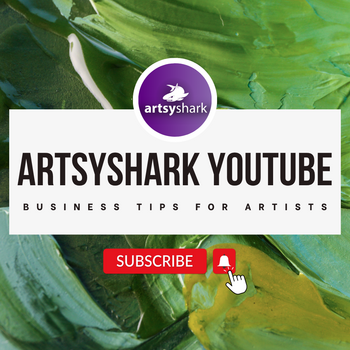
Great ideas. It would be helpful to know what services they use to get the products made. I have tried one online service and was disappointed
Hi Lolly, This is explained in the article. Jeffry Myers uses Costco to publish his art cards. Elsa Canto creates products by hand in the studio, and used Kindle to self-publish her book on Amazon. Shandra Smith talks about using Bucketfeet for print on demand.
Still, it can be prohibitive to have “inventory” created this way. If you are interested in connecting with a U.S. company to produce products for you using your images, try http://www.MakersRow.com. This type of production is most suited for artists selling into the wholesale marketplace, which is a sustainable business model. See this article https://www.artsyshark.com/2013/11/28/selling-wholesale-as-a-business-model/
Hi Lolly, note that Elsa Canto makes production items in her own studio, as mentioned. Artist Shandra Smith uses Bucketfeet (see the photo in her story) as a print-on-demand provider. Want the names of other print on demand companies? Refer to our directory of 250+ Places Artists Can Sell Online right here https://www.artsyshark.com/sell-art-online-directory/
I am aware of bucket feet, was going to use them in the past, thought what a neat idea. But decided not to use them as they state in the guidelines that if your designs are used they own the copyrights to your designs, artists relinquishes all rights to their designs, so no.
Hi Linda, I checked the Bucketfeet website, and here are their stated terms:
Do I retain ownership of my artwork?
When you submit your artwork to Bucketfeet, you are still the owner. If your artwork is selected to be sold as a shoe AND we produce 240 or more pairs of your design, Bucketfeet will buy all rights to your work as explained below.
If my artwork is selected, how much will I be paid?
You will receive a $1 fee for every pair sold, a Bucketfeet gift card, and discount codes to share with your friends and family.
Additionally, if we produce a total of 240 or more pairs of your design (our factory’s definition of “mass production”), you will receive an additional $250 payment that grants us ownership of your artwork.
I’ve been thinking about getting my images printed on pillows etc. too, but the profit margins are so narrow, I have been putting it off. I have been thinking about exploring licensing too – what are your thoughts on creating your own products like this vs. licensing?
Hi Carolyn. thanks again for great information enabling artists to succeed. And thanks to these wonderful artists for sharing their sources. I think as artists we need to continue to be self motivated, finding multiple ways to earn a living in art as we continue to do what we love. It’s not always easy & can be downright difficult at times but the rewards are boundless. It comes down to hard work and dedication at every turn.
Absolutely true, Denise. There are many ways for artists to earn, limited only by their imaginations!
Thank you for sharing. I feel it would be more beneficial if everyone shared their recourse of who makes what product for them this is where a lot of get stuck and waste time and money.
Hi Louise, To answer your question, see my response to Lolly above. Printed materials that several of these artists use can often be made locally, by printers in your area. That also gives you the option to see them in person. To have books published, you might check out http://www.Blurb.com, http://www.Snapfish.com or http://www.Shutterfly.com. http://www.VistaPrint.com and http://www.Moo.com are other providers who specialize in printing.